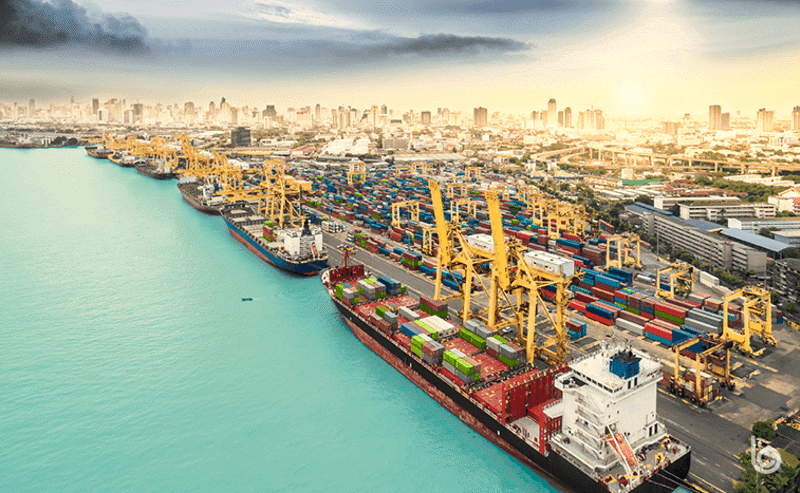Ocean carriers, freight forwarders and shippers are all trying to figure out when the current ocean shipping congestion will ease. Will it be easier to find containers for shipments after the Chinese New Year in February 2022? Will the congestion-induced backups at the West Coast ports unclog next summer?
Hurricane Ida, though the natural disaster didn’t directly impact the West Coast ports, will no doubt further constrain an already congested supply chain situation.
“Hurricane Ida has definitely caused some disruptions for the Port of Houston in the way of delayed vessels because of the need to circumnavigate the hurricane,” said Blume Global’s Lincoln Pei. “Presumably, there will also be a likely spike in import volumes in the aftermath of the storm.”
Pei said the Houston port will bear the brunt of the impact, but ports in Mobile and Gulfport will also be affected. Reporting from the New York Times confirms that an added need for rebuilding materials in the Gulf will just compound the current supply chain and logistics challenges.
While many ocean carriers think congestion will be the name of the game until after Chinese New Year, Pei sees a different picture emerging. Due to capacity constraints, continued online ordering and coming labor negotiations on the West Coast, he thinks it will be quite a while before freight forwarders and shippers can breathe easy.
“Congestion is going to continue far beyond Lunar New Year,” he said, “mainly due to labor negotiations. The Pacific Maritime Association and the International Longshore and Warehouse Union will start negotiations for the new collective bargaining agreement - the existing CBA will expire at the end of June. And this negotiation may involve some labor actions. That starts right after the New Year and will likely last through the early months of the summer. Then peak season is here.”
He adds, “So there’s really no break where congestion might ease until at least the end of 2022.”
Will labor negotiations disrupt ocean shipping even more?
The last round of negotiations actually came ahead of schedule but was the result of a year of internal discussions. In the end, in August 2017, the longshore union voted to extend by three years the CBA that was due to expire in July 2019. That’s why we’re talking about this now; the agreement ends on July 1, 2022. According to figures submitted to the U.S. Department of Labor in March, the ILWU has just more than 29,000 members on its rolls.
Why might these labor negotiations be combative? It all comes down to automation, according to Pei. And there’s no sense if this debate is going to be a protracted battle or if the two sides will come to an amicable agreement quickly.
“The ILWU might claw back some automation concessions simply because of the spike in demand during the coronavirus pandemic, which has, of course, led to the current capacity-scarcity, along with the ocean carriers reportedly earning unprecedented profits,” he said. “So the carriers' cost-savings driven arguments for automation efficiencies have been weakened.”
Automation at the marine terminals may be a topic of contention during negotiations, but there are still technology solutions that optimize workflows and can provide terminal efficiencies without full automation. These services can help customers expedite containers from the terminals, saving time and money but, more importantly, keeping shipments on time. For stakeholders with an eye on supply chain sustainability, these solutions also help reduce greenhouse gas emissions in the supply chain by making sure truckers aren’t stuck waiting for hours, idling at terminal gates.
The neutral supply chain tech provider Blume Global VIP Terminal Services helps customers save time and money by enabling them to precisely tailor the delivery of their most critical cargo through an advanced appointment scheduling process. This program allows customers to decide the level of urgency to schedule the pickup of their containers.
contact us
Contact Us

